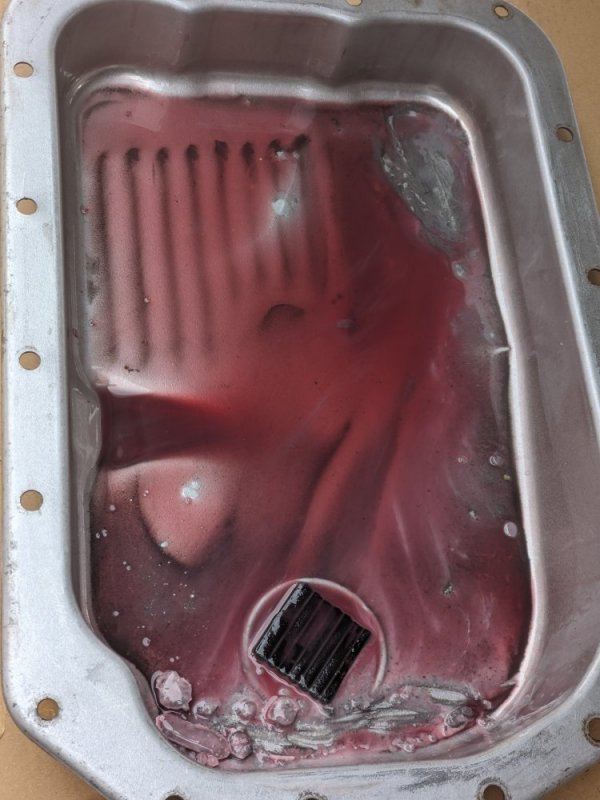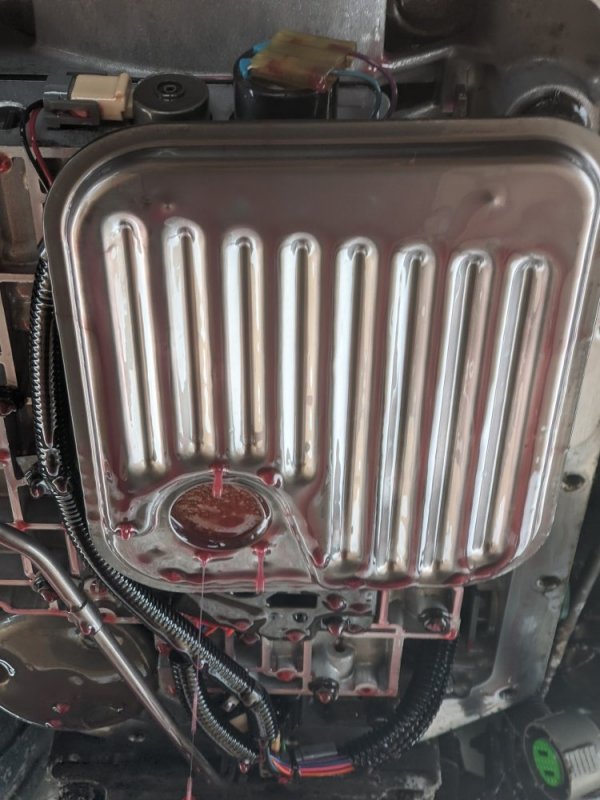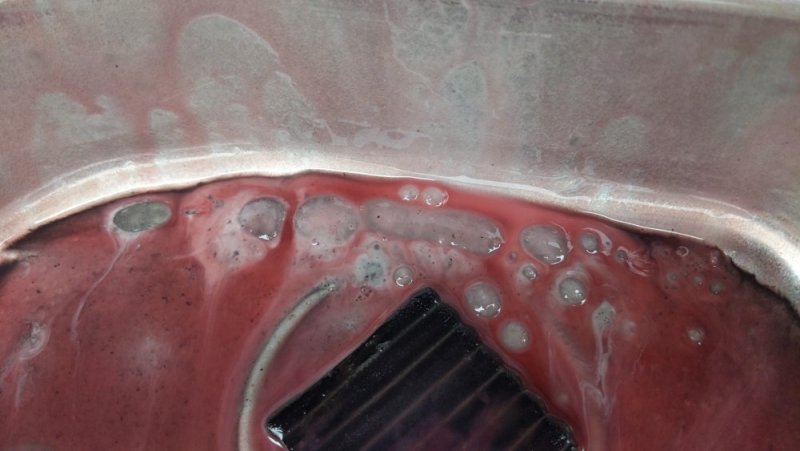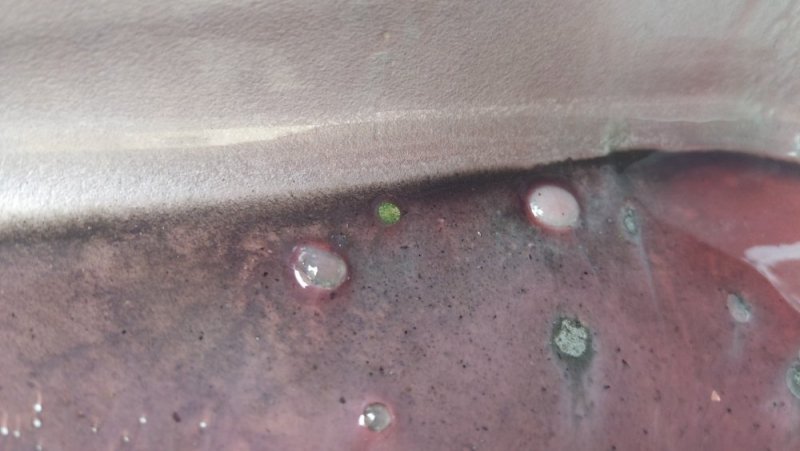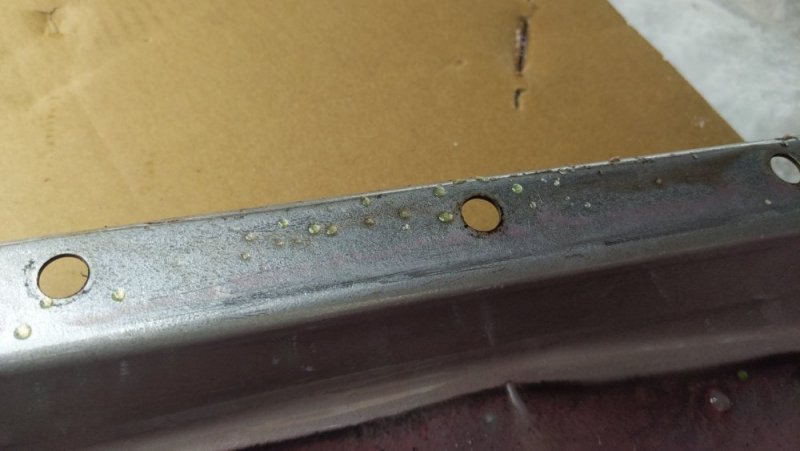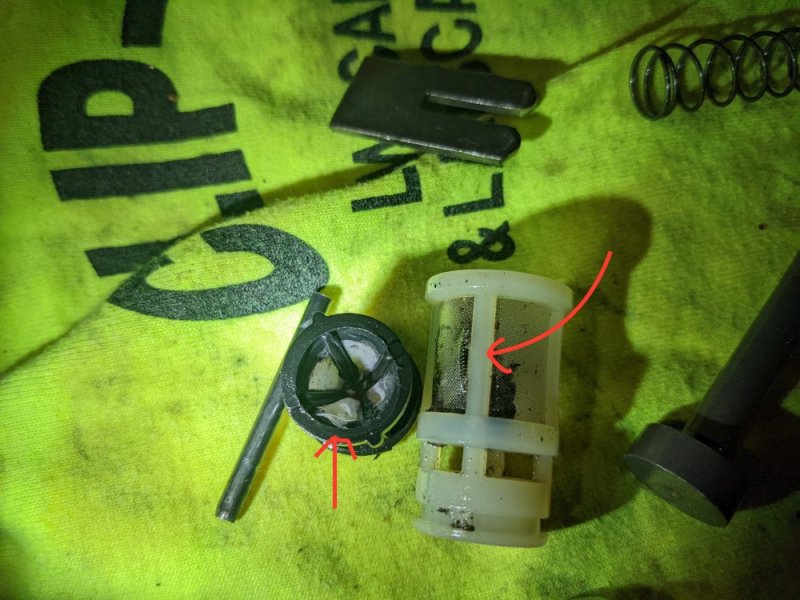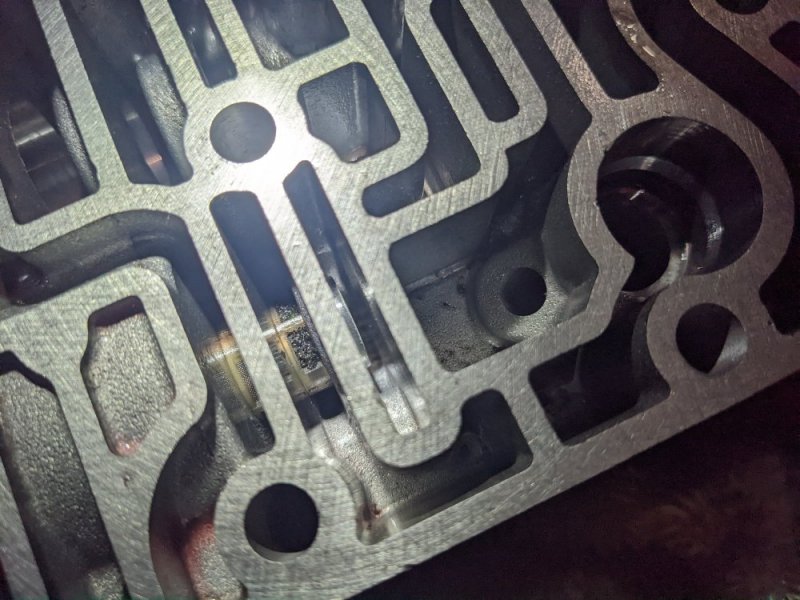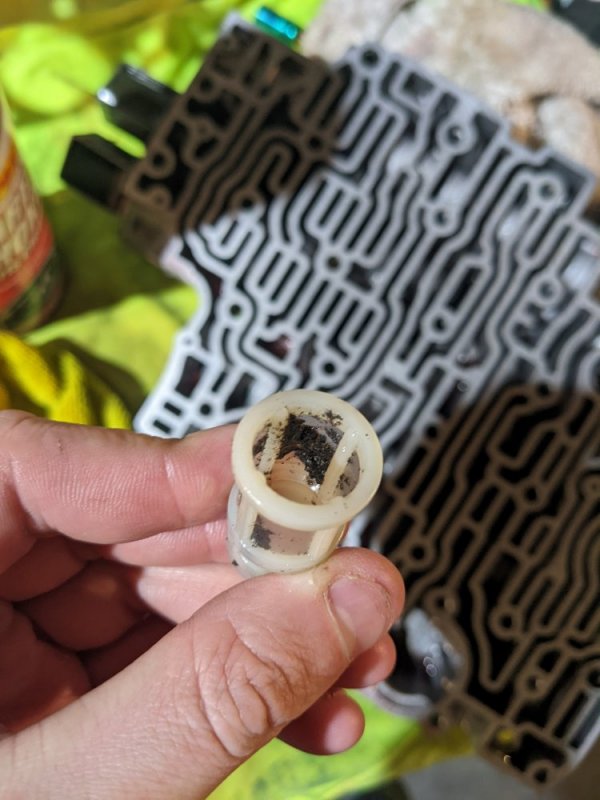Hello! I have a trans issue that is really throwing me for a loop. Hoping to get some help from anyone with a good knowledge base on the 4L80. I have a 1995 silverado w/ 6.5 diesel. I recently did a full rebuild on my 4L80 trans (new clutch frictions, seals, filter, bearings, bushings, gaskets, Torque Conv, and Reman Pump assembly). It ran great for 1200 miles or so. Shifted great, TC locked up, everything worked great for the past couple of weeks. Then one time on the freeway the torque converter failed to lock up, so i got off the freeway and slowed down some, and eventually it locked up. A handful of miles later, had lockup issues again where the TC just wouldnt lock, followed by some slipping when starting from a stop. The truck did not want to get going in drive from a stop without slipping. Moments later, truck wouldnt move, first it was reverse only and then it was neither. I let it cool off and then it would drive/reverse OK and i could limp it home. I hooked a gauge to it and its showing 60psi at idle (P,N, or D), cold or hot doesn't seem to really change much. 90 psi in REV idle. However when i go full throttle line pressure only rises to about 65 in D and 100 in reverse. So no real increase in pressure.
I am struggling to determine the following, and i am hoping someone can help me.
a) why the pump seems to be pumping but the line pressure is not really rising with throttle apply?
b) why the trans worked for 1200 miles but then failed, as opposed to just not working right away from a build error etc?
c) what to check for to root cause lack of pressure? stuck PR valve, etc seems unlikely considering the pump is 'remanufactured' but i am not ruling it out
Thank you in advance for any advice you can offer or things to check!
Other info. 1) trans never really got hot. when TC wasnt locking and/ or trans started slipping i felt the pan and the fluid and it was very much a reasonable temp (200 or less). Fluid is plenty full (1" over fill mark when hot and running in Park).
2) reason for rebuilding the trans was because previously, it was running for thousands of miles w/ no TC lockup, so i pulled trans to swap converter, and disassembled the pump to inspect it when i did this. After swap of TC, the TC locked for a short period of time but the trans immediately failed (~10miles) for slipping clutches. I figured i screwed something up with the pump when i took it apart, so thats why on this rebuild i put in a reman pump.
3) in this rebuild i did change force motor solenoid and PWM TCC solenoid with new OEM parts. Also replaced the wiring harness.
I am struggling to determine the following, and i am hoping someone can help me.
a) why the pump seems to be pumping but the line pressure is not really rising with throttle apply?
b) why the trans worked for 1200 miles but then failed, as opposed to just not working right away from a build error etc?
c) what to check for to root cause lack of pressure? stuck PR valve, etc seems unlikely considering the pump is 'remanufactured' but i am not ruling it out
Thank you in advance for any advice you can offer or things to check!
Other info. 1) trans never really got hot. when TC wasnt locking and/ or trans started slipping i felt the pan and the fluid and it was very much a reasonable temp (200 or less). Fluid is plenty full (1" over fill mark when hot and running in Park).
2) reason for rebuilding the trans was because previously, it was running for thousands of miles w/ no TC lockup, so i pulled trans to swap converter, and disassembled the pump to inspect it when i did this. After swap of TC, the TC locked for a short period of time but the trans immediately failed (~10miles) for slipping clutches. I figured i screwed something up with the pump when i took it apart, so thats why on this rebuild i put in a reman pump.
3) in this rebuild i did change force motor solenoid and PWM TCC solenoid with new OEM parts. Also replaced the wiring harness.

